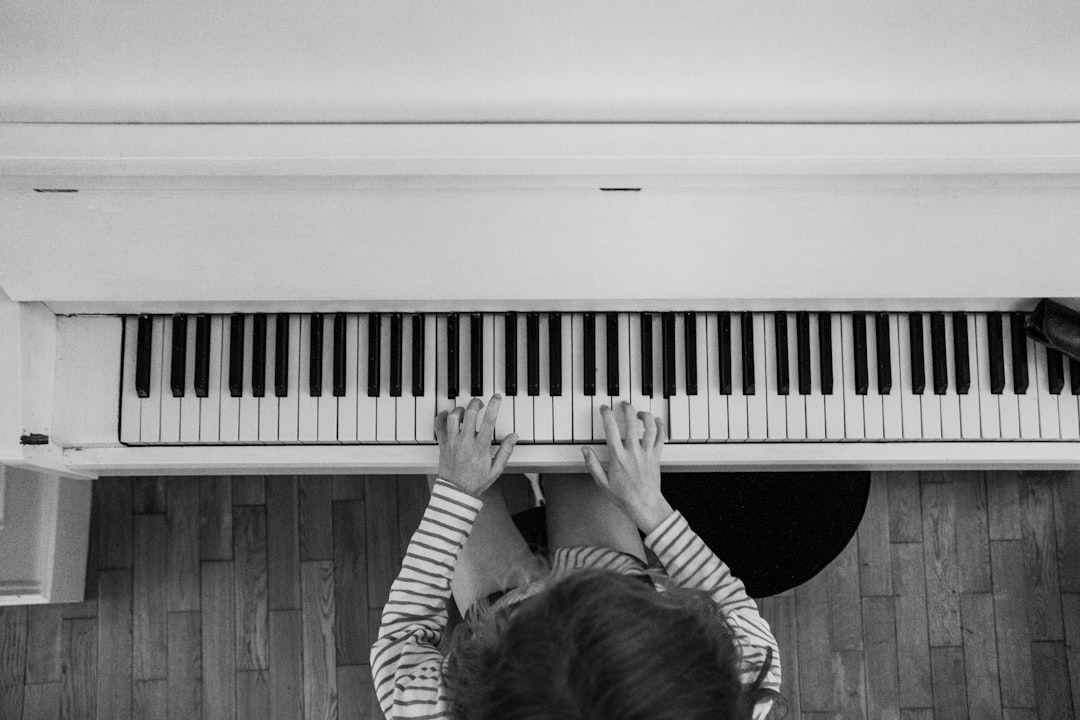Designing a nursery for your baby is an exciting and fulfilling task. The joy of creating a space that is not only functional but also beautiful for your little one is unmatched. However, as any parent knows, children grow up fast. Before you know it, your little baby will be a toddler and then a school-aged child. This brings up an important question: how do you design a nursery that can grow with your child?
Designing a nursery that evolves along with your child’s needs and tastes is key to ensuring that you don’t have to constantly update and renovate the space. By taking a thoughtful and strategic approach to nursery design, you can create a room that can adapt to your child’s changing needs over the years.
When designing a nursery that grows with your child, it’s important to consider both form and function. Here are some tips to help you create a nursery that can easily transition from baby to toddler to school-aged child:
1. Choose a versatile color palette
When selecting the color scheme for your nursery, opt for a palette that is neutral and timeless. Avoid going overboard with baby-themed colors or patterns that your child may outgrow quickly. Instead, choose soft, soothing shades that can easily adapt to different styles and preferences as your child gets older. Neutral colors like whites, grays, and pastels can provide a calm and serene backdrop for the room, making it easier to update decor as your child grows.
2. Invest in convertible furniture
One of the most important aspects of designing a nursery that grows with your child is selecting furniture that can adapt to their changing needs. Invest in convertible or multi-functional pieces that can easily be transformed as your child grows. For example, a crib that can be converted into a toddler bed or a changing table that can double as a dresser can help you save space and money in the long run.
3. Create flexible storage solutions
As your child grows, their storage needs will also change. To accommodate this, opt for flexible storage solutions that can be easily adjusted to suit your child’s evolving needs. Consider incorporating shelves, baskets, and bins that can be rearranged or added to as your child’s toy and clothing collection expands. This will help you keep the room organized and clutter-free, making it easier to adapt to your child’s changing interests and hobbies.
4. Add elements that can easily be updated
When designing a nursery that grows with your child, it’s important to include elements that can be easily updated or swapped out as your child’s tastes change. Consider incorporating removable wall decals, artwork, or accessories that can be easily switched up to reflect your child’s evolving interests and preferences. This will allow you to update the room without having to completely overhaul the design.
5. Incorporate age-appropriate decor
While it’s important to create a nursery that can adapt to your child’s changing needs, it’s also crucial to incorporate age-appropriate decor that will appeal to them at each stage of their development. For example, opt for nursery decor that is stimulating and engaging for a baby, such as mobiles, soft toys, and sensory play mats. As your child grows into a toddler, consider adding interactive elements like chalkboards, play tents, and wall-mounted puzzles. For school-aged children, incorporate study areas, bookshelves, and art supplies to encourage creativity and learning.
6. Create a space for growth and development
A nursery that grows with your child should not only cater to their physical needs but also support their emotional and cognitive development. Create a space that encourages creativity, imagination, and independence. Consider incorporating cozy reading nooks, play areas, and art stations where your child can explore and express themselves. By fostering a stimulating and nurturing environment, you can help your child thrive and grow into their full potential.
Designing a nursery that grows with your child is a thoughtful and rewarding process. By considering the needs and preferences of your child at each stage of their development, you can create a space that will evolve along with them. With the right design choices and a focus on flexibility and adaptability, you can create a nursery that will be a cherished and functional space for your child for years to come.















